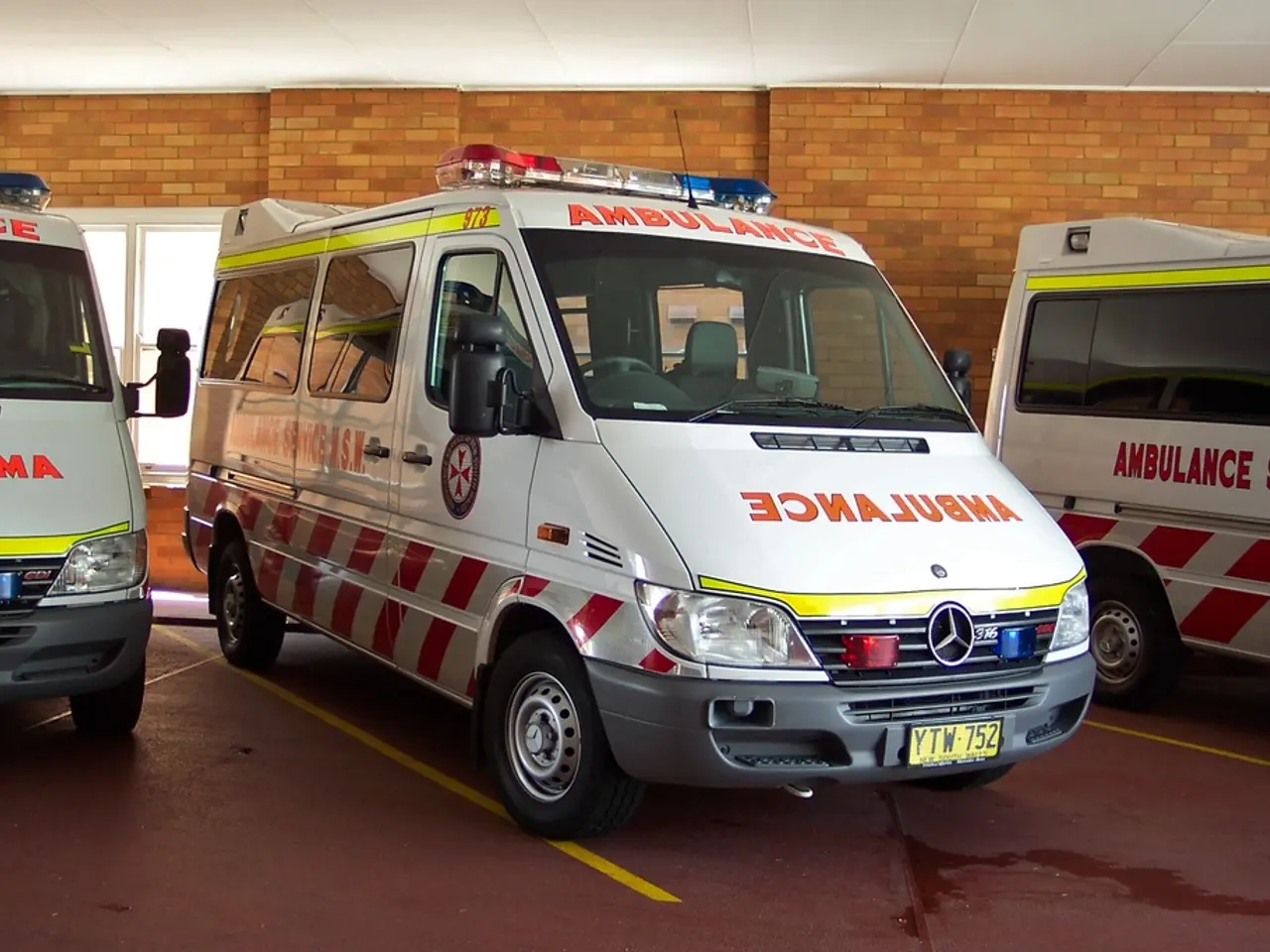Office Cat Resuscitation Efforts Prove Life-Saving
In emergency situations, knowing how to perform cat cardiopulmonary resuscitation (CPR) can be a matter of life and death for our feline friends. Here's a step-by-step guide on how to perform cat CPR.
First, it's crucial to confirm if your cat is unconscious and not breathing or has no heartbeat. If this is the case, follow these steps:
- Position the cat: Lay the cat on its right side on a flat surface.
- Chest compressions: Use one hand to compress the chest just behind the front legs. Compress about 1/3 to 1/2 the width of the chest.
- Compression rate: Perform 100 to 120 compressions per minute.
- Breathing: After every 30 compressions, give 2 rescue breaths. To do this, close the cat's mouth and breathe gently into its nose until you see the chest rise.
- Continue CPR: Repeat the cycle of 30 compressions and 2 breaths for about 2 minutes or until the cat shows signs of life or you reach veterinary help.
- Get help immediately: CPR is a temporary measure until professional veterinary care is available.
If your cat is choking and unconscious, first check for a pulse and breathing, then start CPR while transporting your cat urgently to the nearest emergency veterinarian.
This method aligns generally with pet CPR guidelines: alternating chest compressions with rescue breaths, focusing on maintaining circulation and oxygenation until advanced medical care is provided.
In New Taipei City, home to over 80,000 registered cats, the office veterinarian, Chiu Fang-yi, has provided details on when and how to administer cat CPR. It's essential to observe the cat's condition before administering CPR and seek medical attention if possible.
Signs of a cat in need of CPR include no chest movement, no airflow from its nose and mouth, no palpable heartbeat or femoral pulse, glassy eyes or dilated pupils without reaction. While performing CPR on a cat, place it on its side on a firm, flat surface.
Remember, cat CPR is the last resort in emergency care when a cat's vital signs have ceased. After 30 compressions, cover the cat's nose with your mouth and gently blow air into its nose. If the cat regains consciousness, stop CPR immediately.
Seek immediate veterinary care after stopping cat CPR. The New Taipei City Animal Protection and Health Inspection Office has collaborated with the Taiwan Sports Safety and First Aid Skill Training Association to launch a basic life-support program for saving adults, children, and pets. For further information, visit the office's website.
In cases of cardiac arrest caused by drowning, electric shock, heat stroke, or airway obstruction, cat CPR is recommended. The New Taipei City Animal Protection and Health Inspection Office advocates for cat cardiopulmonary resuscitation (CPR) in cases of cat cardiac arrest.
The New Taipei City Animal Protection and Health Inspection Office has provided a photo for this article. Performing cat CPR can increase a cat's chances of survival during cardiac arrest, but rapid professional care is essential for survival.
In light of the importance of pet health-and-wellness, understanding the principles of science that underpin cat CPR can be vital for a cat's survival in emergency situations. The step-by-step method of cat CPR follows scientific guidelines, focusing on maintaining circulation and oxygenation until advanced medical care is available.
In the pursuit of improving feline health and wellness, the New Taipei City Animal Protection and Health Inspection Office has initiated a basic life-support training program for saving pets, combining the knowledge from both the pet industry and the field of science.




